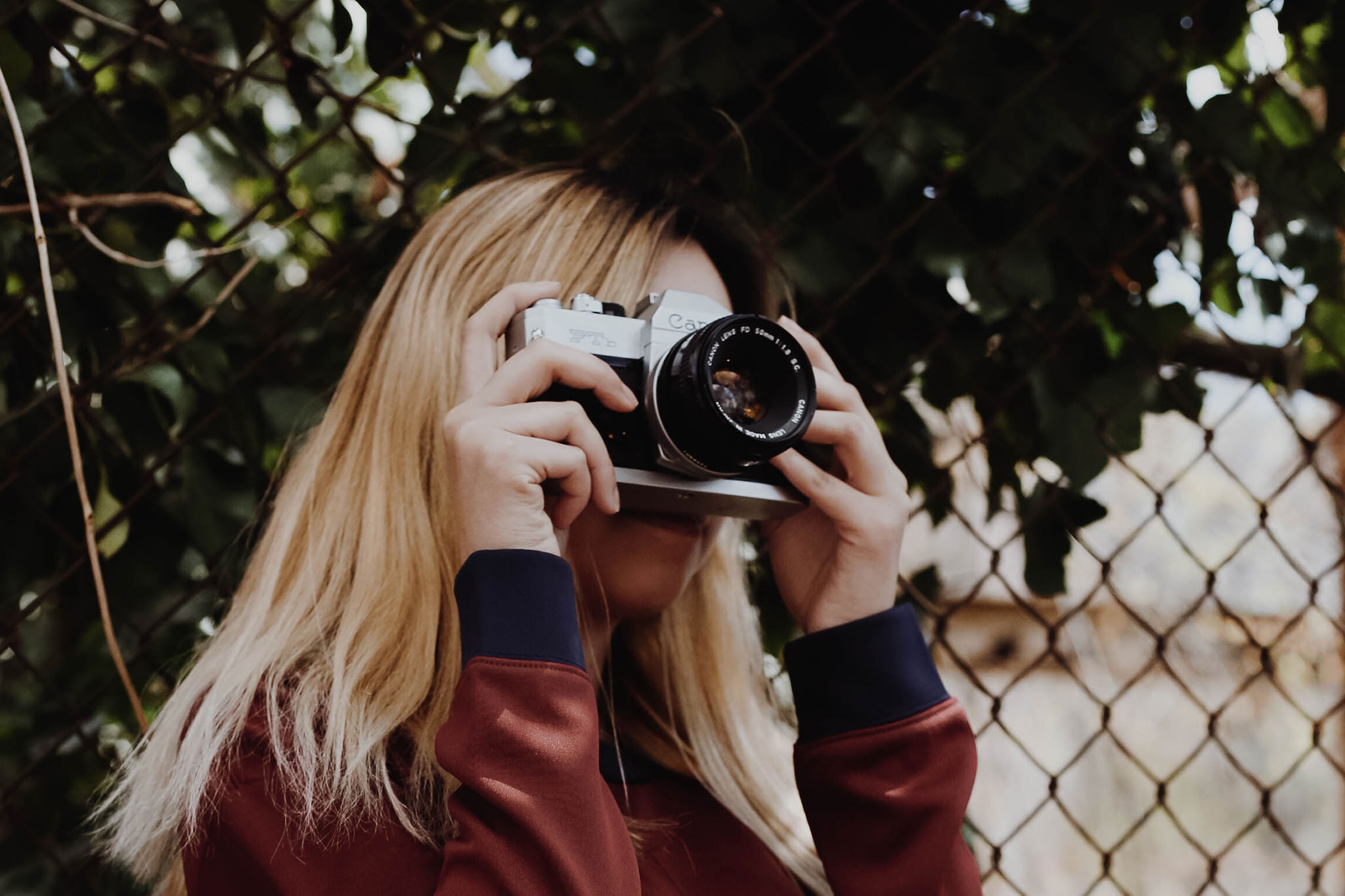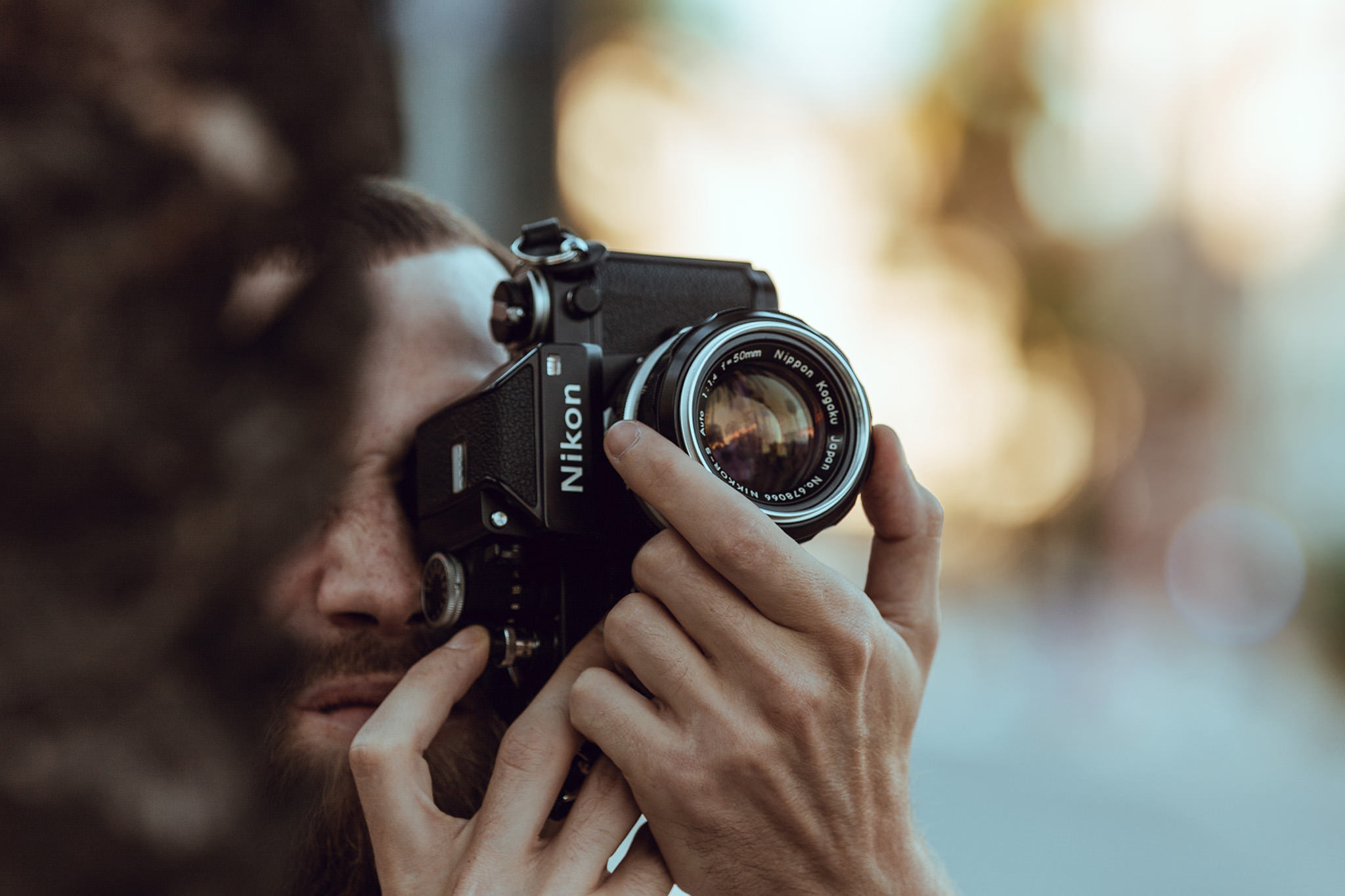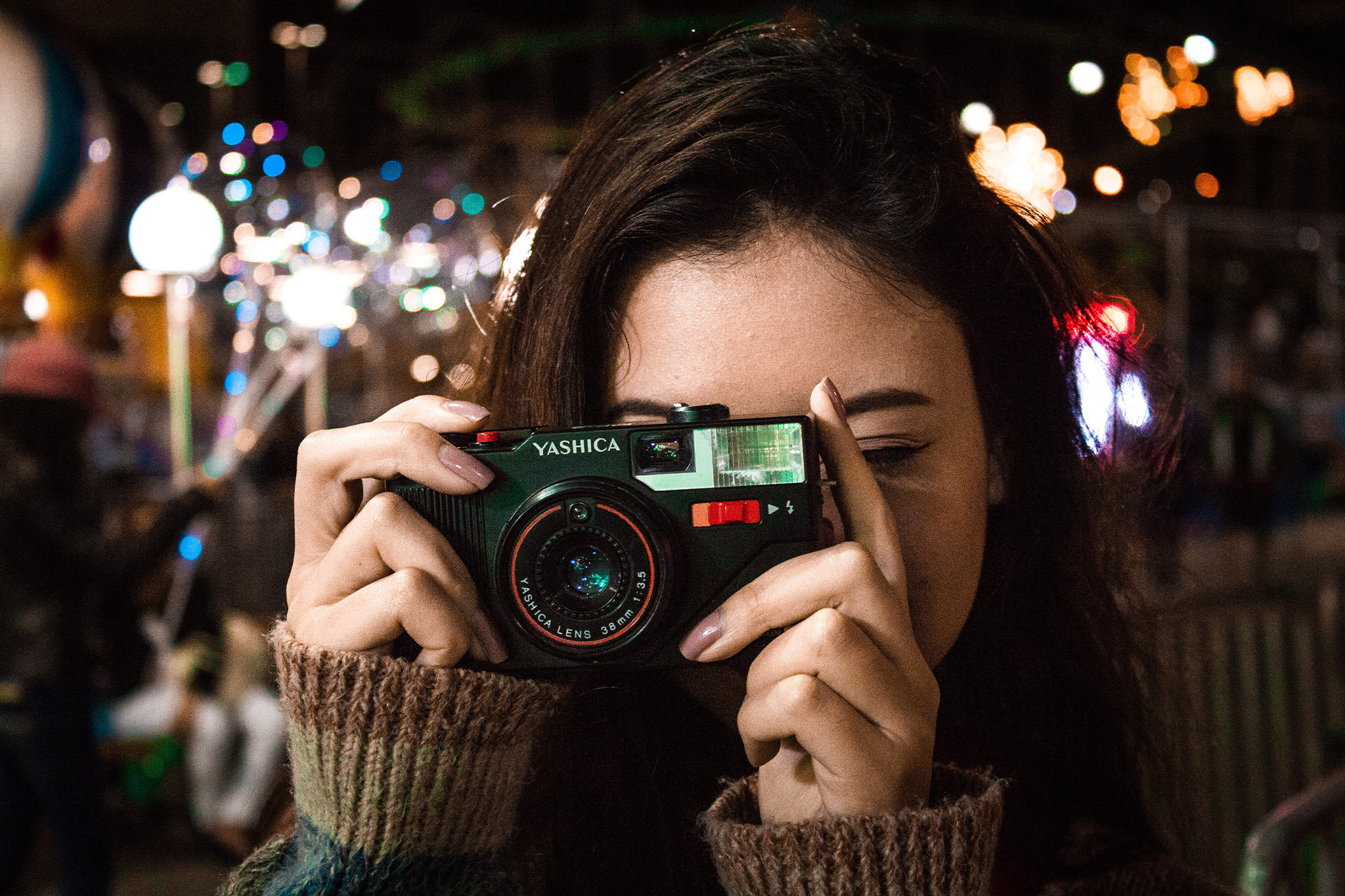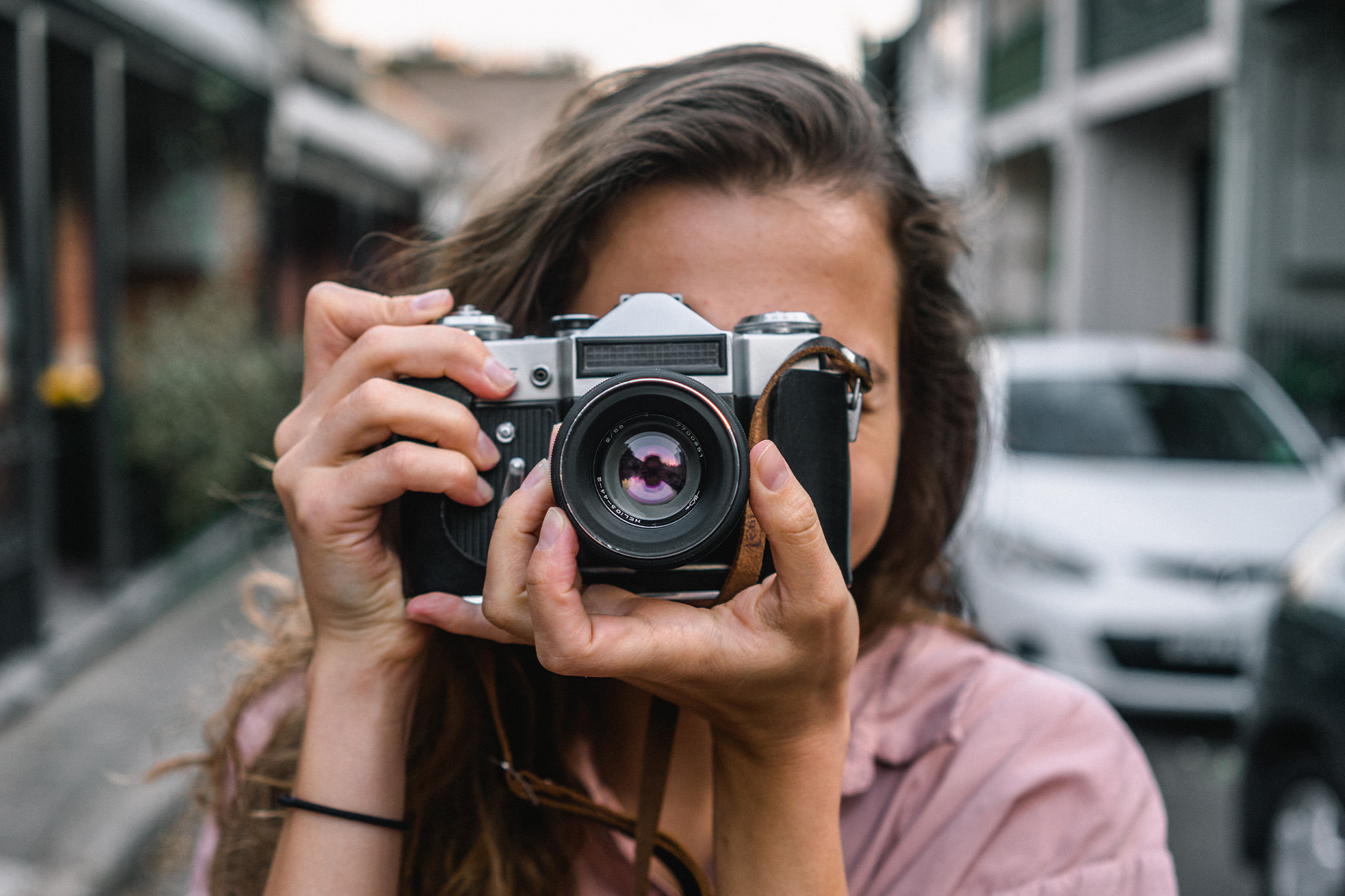Film speed, also known as film sensitivity, refers to the ability of a film to capture light. Film speed is measured using a standardized scale, with lower numbers indicating lower light sensitivity and higher numbers indicating higher light sensitivity. For example, a film with a sensitivity of ISO 100 is less sensitive to light than a film with a sensitivity of ISO 400.
Important factor of photography
Film speed is an important factor for photographers because it affects the amount of light captured by the film and the resulting exposure of the image. Films with higher sensitivity are useful in low-light situations because they can capture more light and produce a usable image with less light. However, they can also result in images with less detail and more noise because the film has to work harder to capture the light. Lower speed films are better suited for bright light situations, as they can capture fine details and subtle tones without overexposing the image.
Choice depending on subject
Choosing the right film speed can also depend on the type of subject being photographed. Photographers shooting portraits or landscapes often prefer low-sensitivity film to capture fine details and color tones. On the other hand, photographers shooting fast action or motion prefer higher sensitivity films to allow fast shutter speeds and keep the image sharp.
Which film speed is best in a given situation depends on the lighting conditions and the photographer’s goals for the final image. Some photographers prefer to use a single film speed for all their shots, while others use different film speeds depending on the lighting conditions and subject.









